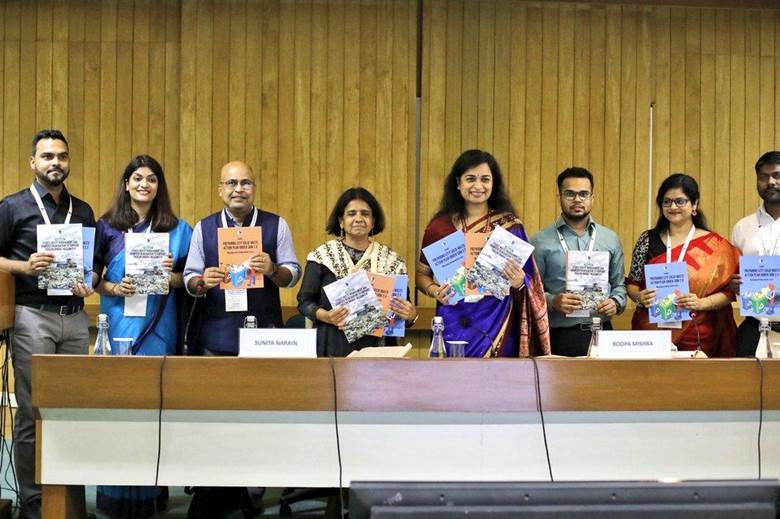Free Courses Sale ends Soon, Get It Now


Free Courses Sale ends Soon, Get It Now



Copyright infringement not intended
Context: Chronic negligence of sustainable and scientific treatment has resulted in an ever-growing mass of municipal solid waste (MSW) making its way into dumpsites in India, a report released by Delhi-based think tank, Centre for Science and Environment (CSE), noted.
Details:
© 2024 iasgyan. All right reserved